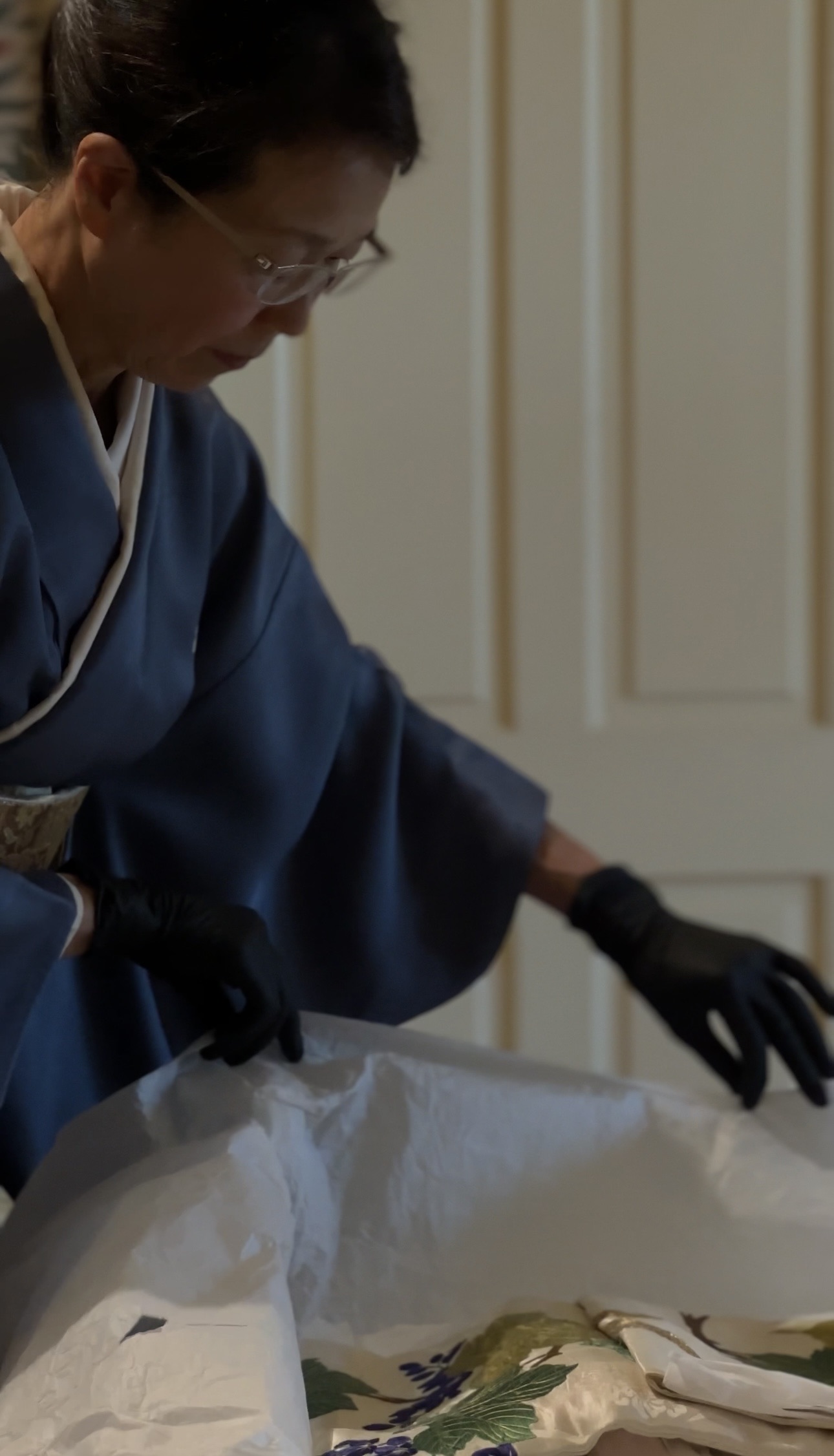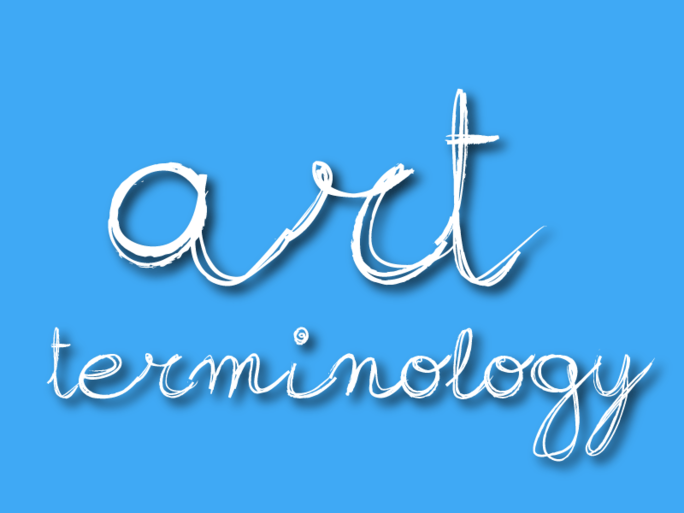Buying at auction is one of the ways to acquire artworks. Find out more about this business model by familiarizing yourself with the terminology specific to this part of the art market.
Appraisal
An appraisal is a formal evaluation of a given property, and it may come in two main forms. A fair market value appraisal is what the appraiser believes an item will fetch at auction. An insurance appraisal is what it would cost to replace the item. At an auction house, the appraiser might compare the item to other similar items recently sold at auction to determine the appraisal value.
Bid Increment
This is the amount by which the auctioneer might increase the bidding. It is usually an increase of 10% from the previous bid price, rounded up or down.
Bought-In
A lot at auction is “bought in” if it failed to get a bid and is therefore, unsold. It is, therefore, returned to the owner.
Buyer’s Premium
This is the amount on top of the hammer price, to be paid to the auction house, as a total of the final sale price of a lot.
Estimate
This is the price range, between a low and a high estimate, that represents the opinion of experts on what a lot might expect to sell at auction. The estimate will always be published, whether in a catalogue or online or both, to give prospective buyers an idea of the item’s value.
Hammer Price
This is the price that the auctioneer’s gavel knocks down on, and is the winning bid for an item at auction. This is the sale price, not including the buyer’s premium.
Reserve
The reserve price is the minimum price at which a consignor is willing to sell their lot. It is a confidential agreement between the auction house and the consignor and is not revealed, although potential buyers can be assured that it is set at or below the low estimate. If bidding stops before the reserve is reached, the item will be unsold.
Seller’s Commission
A percentage paid by the consignor to the auction house for a successful sale. It is deducted from the hammer price.
White Glove Sale
When every single lot in an auction is successfully sold, this fairly rare event is known colloquially as a “white glove sale”.



